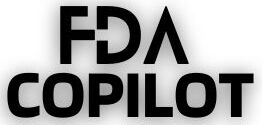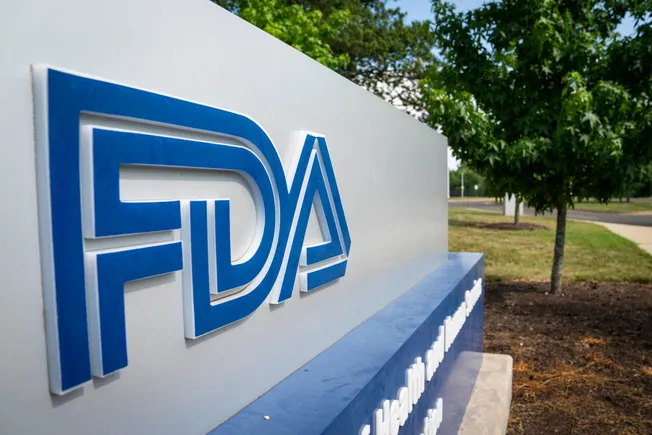The Food and Drug Administration (FDA) has released a new draft guidance aimed at improving the biocompatibility assessments of medical devices. This guidance was published in response to consistent inadequacies the FDA has observed within premarket submissions, which seem to stem from lab-to-lab variability in analytical chemistry methods. This inconsistency in report outcomes has prompted the FDA to suggest detailed methodological approaches for device biocompatibility chemical analysis. Stakeholders in the medical device industry have until November 18 to provide their feedback on the draft.
Biocompatibility evaluations are crucial as they assess the potential of the materials used in medical devices to cause any harmful biological responses when they come into contact with the body. To facilitate these evaluations, manufacturers are required to conduct chemical characterization. This process involves identifying and quantifying any chemicals that might leach from the device into the body. By accurately characterizing these chemicals, the process can enhance the speed of biocompatibility testing and potentially reduce the need for animal testing.
Previously, the FDA had established biocompatibility guidance and accepted consensus standards. However, none of these resources offered detailed methodologies for carrying out extractables studies and chemical analysis on the extracts obtained from devices. The newly published draft guidance seeks to fill this gap. It is a comprehensive 45-page document that outlines the recommended practices for collecting and reporting data from chemical characterization studies, with a particular focus on extractables studies.
Extractables studies are generally conducted to identify and measure substances that might be leached from a device or material under laboratory conditions. These studies are widely used among chemical characterization processes. In the draft guidance, they are described as essential for screening unspecified extractables, testing specified extractables to evaluate biocompatibility endpoints, or demonstrating chemical equivalency to a previously approved device with established biocompatibility.
The FDA’s draft document breaks down the guidance into several key areas: information gathering, test article extraction, chemical analysis, and data reporting. It includes focused recommendations such as conducting extractions in triplicate using various solvents, to ensure thorough and reliable results. Furthermore, the guidance includes four appendices that provide additional detailed information, reinforcing the overarching procedures.
In summary, this draft guidance from the FDA represents an important response to the identified inconsistencies in the premarket assessment processes linked to device biocompatibility. By standardizing the approach to analytical chemistry in biocompatibility evaluations, the FDA aims to enhance the reliability and consistency of these important assessments, thereby helping to ensure the safety and effectiveness of medical devices that interact with the human body. This initiative not only supports better compliance with regulatory expectations but also promotes a clearer path to market approval for medical device manufacturers.
#FDA #posts #draft #guidance #biocompatibility #testing #devices



